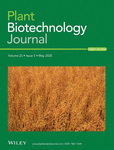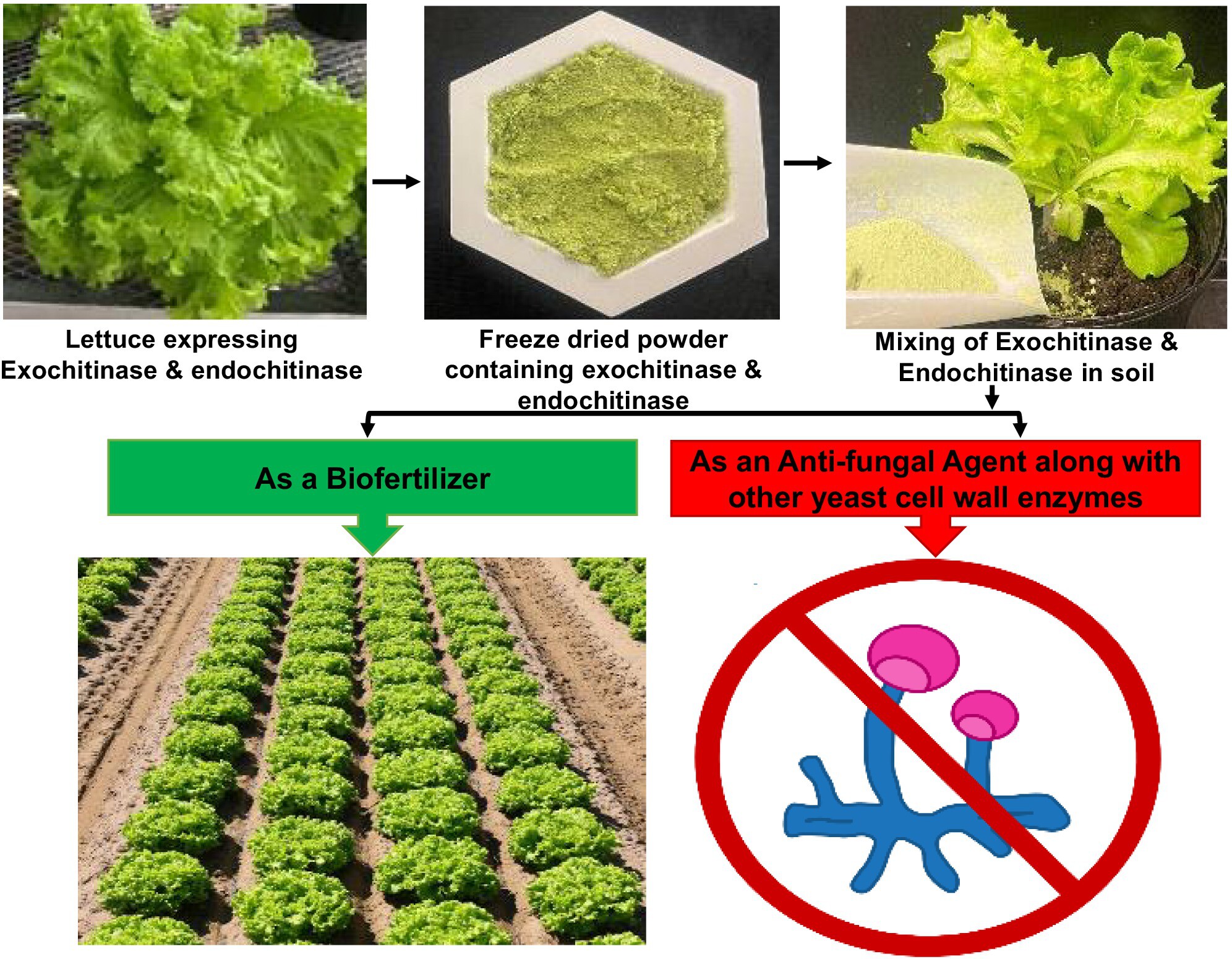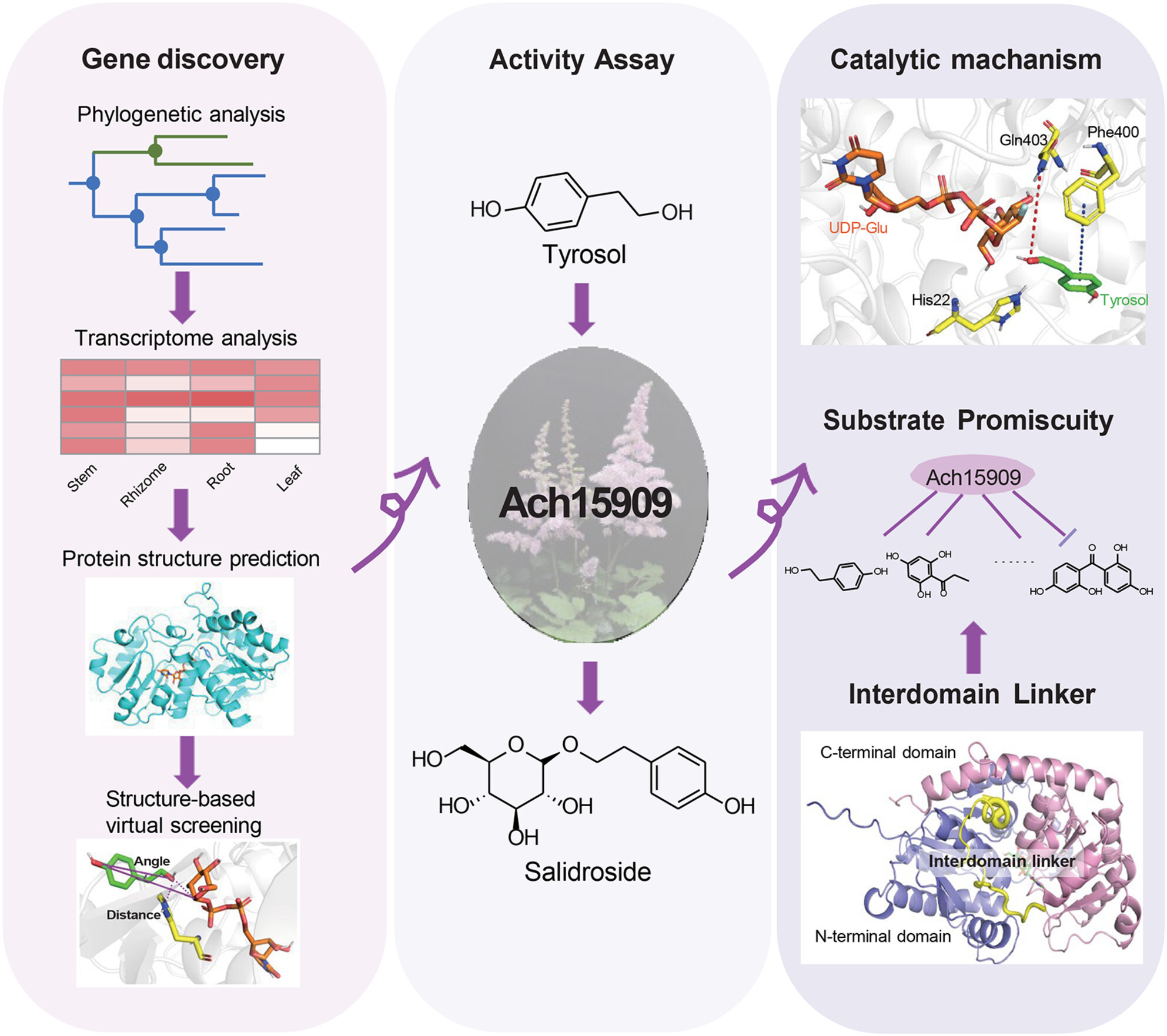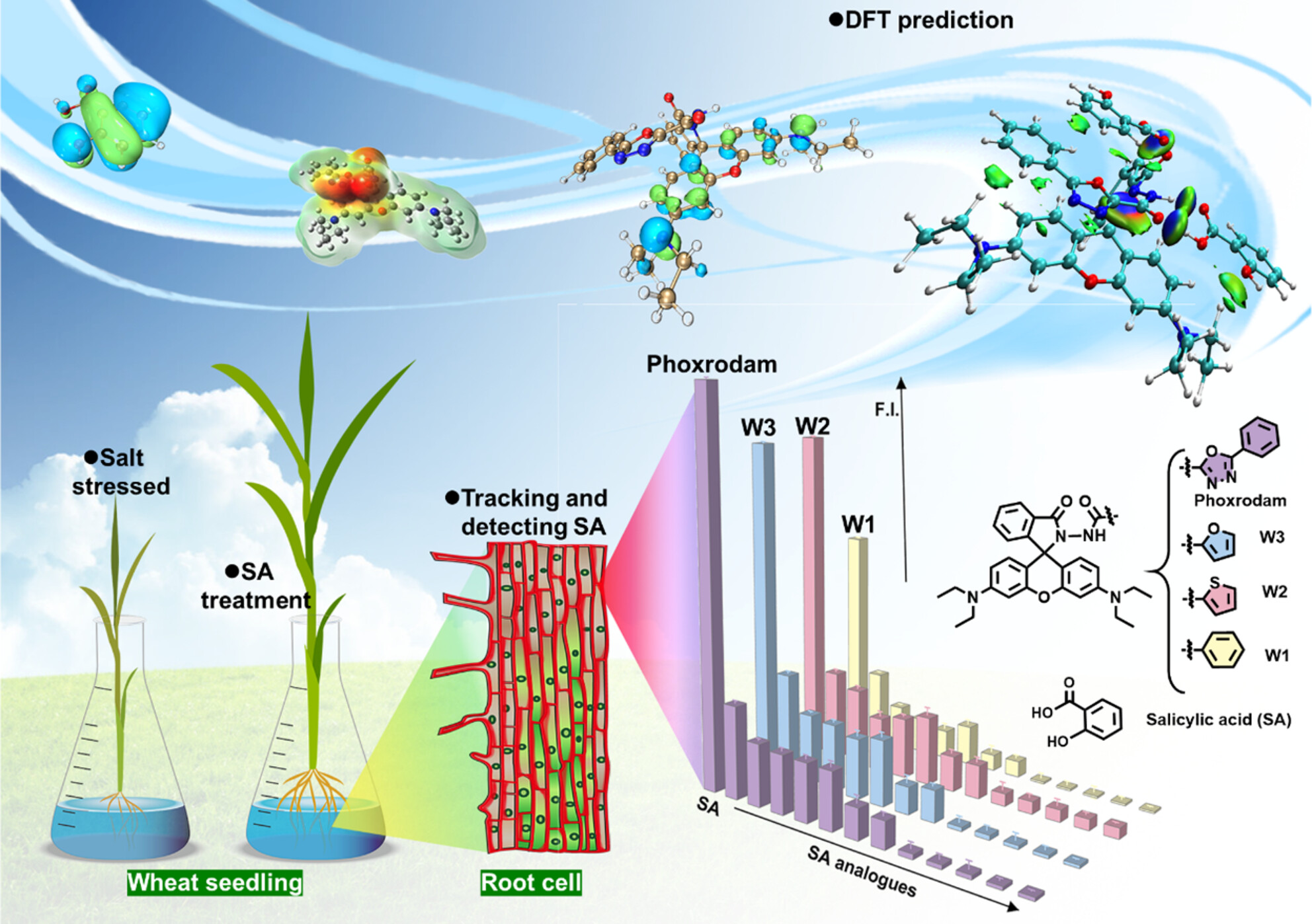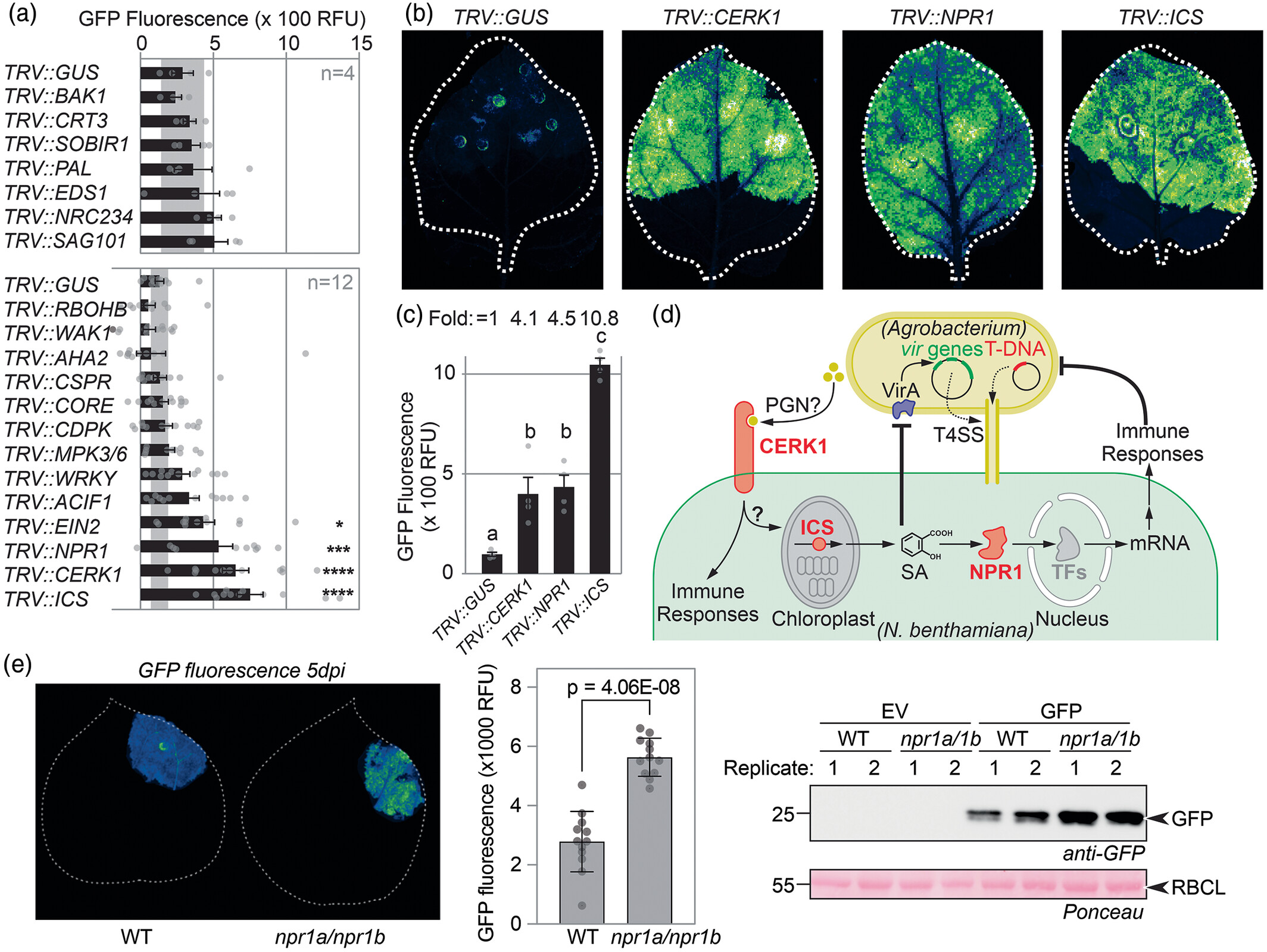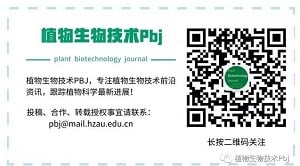Journal list menu
Export Citations
Download PDFs
Issue Information
Issue Information
- Pages: 1373-1374
- First Published: 24 April 2025
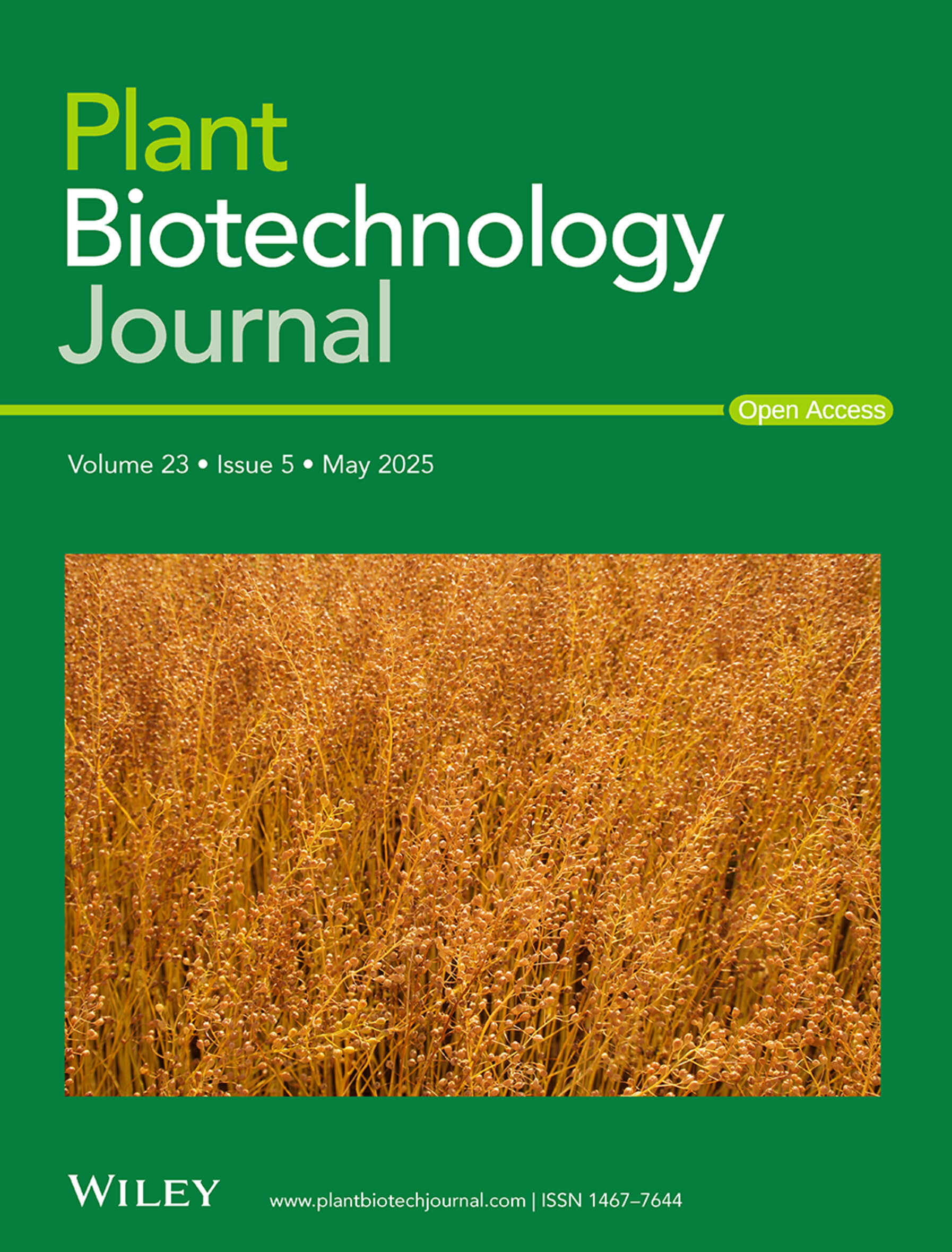
Front cover image:
A close up of a field of camelina at maturation. The ‘seed pods’ are spherical. The crop at maturation looks like flax and that is why camelina is also called ‘false flax’. The proper botanical term for the seed pods is ‘silicles’ (length/width ratio is smaller than in standard siliques found in Brassicaceae). These siliques contain 10 to 20 small orange/brown seeds.
Photograph by E.N. van Loo, Wageningen University and Research.
Cover illustration refers to the article published in this issue (Belle et al., pp. 1399–1412).
Review Article
Harnessing promoter elements to enhance gene editing in plants: perspectives and advances
- Pages: 1375-1395
- First Published: 27 February 2025
Brief Communication
Genetic insights into developmental variations of spiny bracts among hazels through the pangenome construction
- Pages: 1396-1398
- First Published: 26 March 2025
Research Article
Direct and indirect effects of multiplex genome editing of F5H and FAD2 in oil crop camelina
- Pages: 1399-1412
- First Published: 27 January 2025
Brief Communication
An efficient target-mutant screening platform of model variety Ci846 facilitates genetic studies of Setaria
- Pages: 1413-1415
- First Published: 03 March 2025
Research Article
Haplotype-resolved genome assembly provides new insights into the genomic origin of purple colour in Prunus mume
- Pages: 1416-1436
- First Published: 03 February 2025
Expression of endochitinase and exochitinase in lettuce chloroplasts increases plant biomass and kills fungal pathogen Candida albicans
- Pages: 1437-1451
- First Published: 18 February 2025
Brief Communication
Overexpression of MtNAC33 enhances biomass yield and drought tolerance in alfalfa
- Pages: 1452-1454
- First Published: 27 February 2025
Research Article
Divergent MYB paralogs determine spatial distribution of linalool mediated by JA and DNA demethylation participating in aroma formation and cold tolerance of tea plants
- Pages: 1455-1475
- First Published: 11 February 2025
Phytochrome B-mediated light signalling enhances rice resistance to saline-alkaline and sheath blight by regulating multiple downstream transcription factors
- Pages: 1476-1490
- First Published: 31 January 2025
Natural variation in CTF1 conferring cold tolerance at the flowering stage in rice
- Pages: 1491-1506
- First Published: 29 January 2025
The chromosome-scale assembly of the Salvia plebeia genome provides insight into the biosynthesis and regulation of rosmarinic acid
- Pages: 1507-1520
- First Published: 13 February 2025
Two tandem R2R3 MYB transcription factor genes cooperatively regulate anthocyanin accumulation in potato tuber flesh
- Pages: 1521-1534
- First Published: 30 January 2025
An alternative splicing caused by a natural variation in BnaC02.VTE4 gene affects vitamin E and glucosinolate content in rapeseed (Brassica napus L.)
- Pages: 1535-1547
- First Published: 04 February 2025
Manipulation of the brown glume and internode 1 gene leads to alterations in the colouration of lignified tissues, lignin content and pathogen resistance in wheat
- Pages: 1548-1564
- First Published: 05 February 2025
A system genetics analysis uncovers the regulatory variants controlling drought response in wheat
- Pages: 1565-1584
- First Published: 20 February 2025
A modulatory role of CG methylation on gene expression in soybean implicates its potential utility in breeding
- Pages: 1585-1600
- First Published: 31 January 2025
Brief Communication
An improved fluorescein diacetate–propidium iodide staining system for assessing microspore and pollen viability at different developmental stages
- Pages: 1601-1603
- First Published: 28 February 2025
Research Article
Harnessing haploid-inducer mediated genome editing for accelerated maize variety development
- Pages: 1604-1614
- First Published: 12 February 2025
Brief Communication
CRISPR/Cas9-mediated disruption of DA1 enhances both biomass yield and quality in poplar
- Pages: 1615-1617
- First Published: 17 February 2025
Research Article
BR signalling haplotypes contribute to indica–japonica differentiation for grain yield and quality in rice
- Pages: 1618-1636
- First Published: 07 February 2025
Brief Communication
An optimized thymine base editing toolkit with various editing windows enables targeted T-to-G base conversions in rice
- Pages: 1637-1639
- First Published: 17 February 2025
Research Article
A split ribozyme system for in vivo plant RNA imaging and genetic engineering
- Pages: 1640-1649
- First Published: 07 February 2025
Lysine deacetylase TaSRT1 mediates wheat drought tolerance by deacetylating TaDT-A to reduce its protein stability and transcriptional activity
- Pages: 1650-1667
- First Published: 20 February 2025
LsBLH2–LsOFP6–LsKANT3 module regulates bolting by orchestrating the gibberellin biosynthesis and metabolism in lettuce
- Pages: 1668-1682
- First Published: 11 February 2025
Expression of a modified Avr3a gene under the control of a synthetic pathogen-inducible promoter leads to Phytophthora infestans resistance in potato
- Pages: 1683-1701
- First Published: 09 March 2025
Harnessing novel cytidine deaminases from the animal kingdom for robust multiplexed base editing in rice
- Pages: 1702-1712
- First Published: 14 February 2025
Generation of suspension cell cultures with high syringin content and anti-inflammatory activity through overexpressing glycotransferase SiUGT72BZ2 in Saussurea involucrata
- Pages: 1713-1724
- First Published: 18 February 2025
Structure-based virtual screening aids the identification of glycosyltransferases in the biosynthesis of salidroside
- Pages: 1725-1735
- First Published: 11 February 2025
The rational design of a Rhodamine fluorescent probe enables the selective detection and bioimaging of salicylic acid in plants under abiotic stress
- Pages: 1736-1750
- First Published: 13 February 2025
OsLC1, a transaldolase, regulates cell patterning and leaf morphology through modulation of secondary metabolism
- Pages: 1751-1767
- First Published: 14 February 2025
Brief Communication
Immunity gene silencing increases transient protein expression in Nicotiana benthamiana
- Pages: 1768-1770
- First Published: 13 March 2025
Review Article
Extracellular ATP: an emerging multifaceted regulator of plant fitness
- Pages: 1771-1782
- First Published: 12 February 2025
Research Article
Introgression of dwarfing allele dw1 reduced seed dormancy and increased pre-harvest sprouting susceptibility in grain sorghum converted lines
- Pages: 1783-1797
- First Published: 16 March 2025
OsMAPKKK5 affects brassinosteroid signal transduction via phosphorylating OsBSK1–1 and regulates rice plant architecture and yield
- Pages: 1798-1813
- First Published: 18 February 2025
Integration of single-nuclei transcriptome and bulk RNA-seq to unravel the role of AhWRKY70 in regulating stem cell development in Arachis hypogaea L.
- Pages: 1814-1831
- First Published: 13 March 2025
Precise genome editing of Dense and Erect Panicle 1 promotes rice sheath blight resistance and yield production in japonica rice
- Pages: 1832-1846
- First Published: 04 March 2025
SPDC-HG: An accelerator of genomic hybrid breeding in maize
- Pages: 1847-1861
- First Published: 27 February 2025
Mitochondrial gene editing and allotopic expression unveil the role of orf125 in the induction of male fertility in some Solanum spp. hybrids and in the evolution of the common potato
- Pages: 1862-1875
- First Published: 22 March 2025
Brief Communication
Naturally occurring spinach defensins confer tolerance to citrus greening and potato zebra chip diseases
- Pages: 1876-1878
- First Published: 27 February 2025




